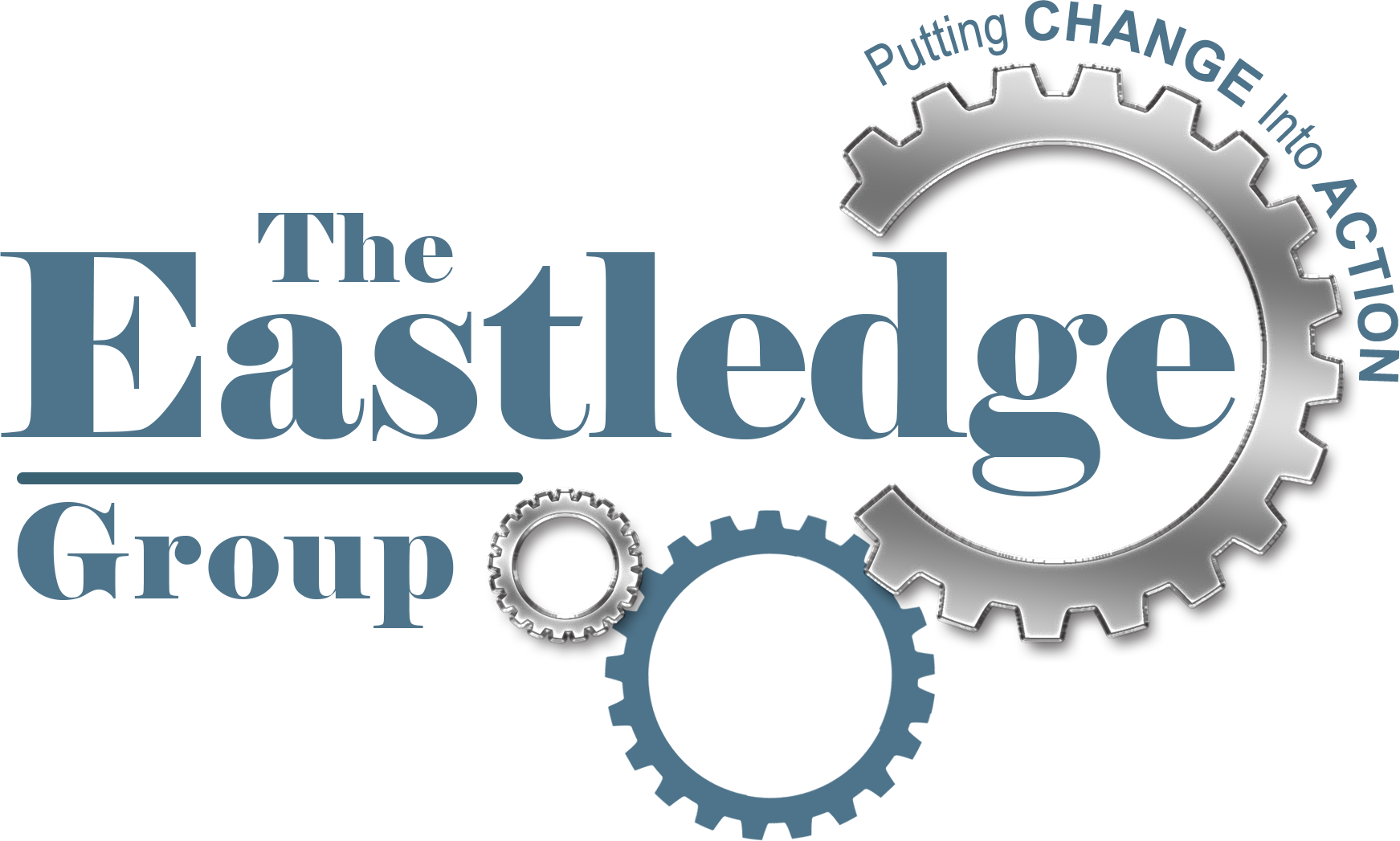Do No Harm: The Real Effects of Unconscious Bias in Healthcare
The first step to building equity throughout our society and its systems is to develop an awareness of inequity and its impact on diverse populations. Awareness begins with conversation, or people of all backgrounds willing to come together to acknowledge what they see, what they feel, and how they have helped or hindered equity in their daily lives.
All people, regardless of their identities, both perpetuate and suffer beneath some form of inequity—we cannot help but to do so, as the country we share stands upon both ideals of freedom and acts of discrimination. Awareness, however, cannot simply cast blame or target one group as worse than another; as citizens and human beings, we’re all capable of thoughts and actions that cultivate allyship or alienation. As we seek self-awareness, then, our conversations should begin to focus on acknowledging inequity and turn towards the work required to reverse it.
One of the biggest mistakes we make in fostering awareness involves focusing on the most egregious examples of inequity and then relegating them to our past. For example, if asked to name some of the worst cases of medical malfeasance in America, several people might mention the work of J. Marion Sims, the case of Henrietta Lacks, or the more infamous Tuskegee Experiment. These same people might also point out that we currently have systems like informed consent in place such that similar unethical practices are now prevented from happening in the present day. This is indeed correct—we have changed laws and banned unjust methods from our medical facilities, and all but erased overt discrimination—but dangers still lurk within healthcare system walls.
The three cases mentioned above are examples of conscious or explicit bias—clear, purposeful intent and admitted prejudices or negative attitudes against another group of people. Sims and the other physicians involved in the care of Lacks and the men of Tuskegee each knew exactly what they were doing and proceeded with harmful, immoral “acts of science” because they refused to view their experimental subjects as patients deserving of real care and fair treatment. Today, they would never be allowed to express their true feelings about underrepresented people in their care and still enjoy jobs in U.S. hospitals or clinics. Yet countless healthcare providers freely treat patients from diverse backgrounds while practicing with unconscious or implicit bias—beliefs and attitudes that contradict their values and occur without their full awareness but nevertheless do harm to the people they serve.
Unconscious bias undermines every American system; it infiltrates every human being’s mind, and in medical care specifically, it can look like:
· Black patients being 22% less likely than white patients to receive any pain treatment because medical doctors and trainees believe Black patients have higher pain tolerances than white patients.
· Medical professionals lauding men who seek medical treatment as “brave” but women who do so as “hysterical.”
· Only 36% of all active U.S. medical doctors being women, and less than 5% of those women being Black or Hispanic.
· BIPOC patients receiving blame for being “too passive” about their healthcare and thus being blamed for inequities such as being more like to die from cancer.
· Black women being four times more likely to die in childbirth than white women.
We may not want to admit the first image that comes to mind when we hear the word physician is that of a white male or that our views on Black persons’ strength and ability to heal stem from stereotypes born of our enslavement of such persons. But when we do so—and when we name the bias itself instead of labeling ourselves as good or bad because of it—we start on the path to correcting inequities. Bias is a brain function; even “good” people have it. Once we’re aware of our unconscious bias, some small but powerful steps we can take might include:
· Striving to see others as individuals with important and unique cultural beliefs that may be different from your own.
· Listening to others with empathy and a desire to learn.
· Going beyond studies and statistics to seek lived experiences, thus providing others with the chance to tell their own stories.
· Taking people seriously when they identify themselves as victims of bias and asking how you can help.
· For healthcare professionals, creating partnerships with patients and giving them agency in their own care.
Only with awareness and acknowledgement can we begin to take action.
In our next post, The Eastledge Group will take a deeper dive into the healthcare system, an entity with which we’ve all interacted with or will interact with, and discuss how you can advocate for yourself, a loved one, or a patient when faced with unconscious bias—both your own and that of the professionals you encounter. As always, we invite your questions, comments, and feedback along the way. Thank you for joining us!
